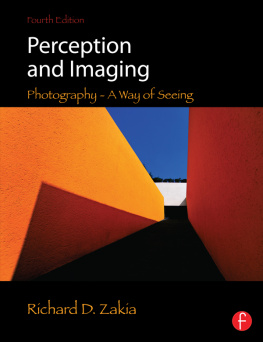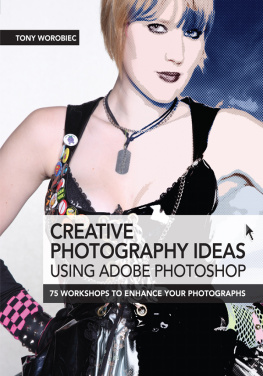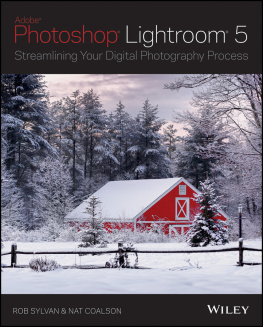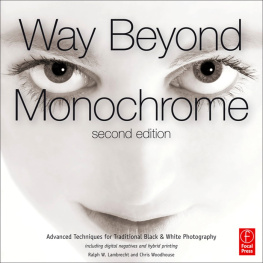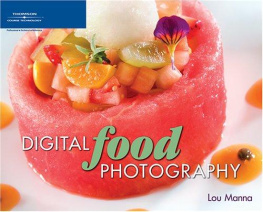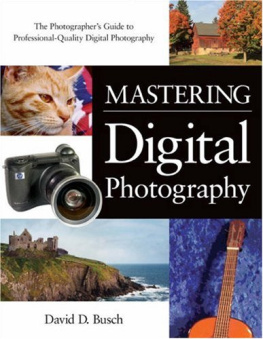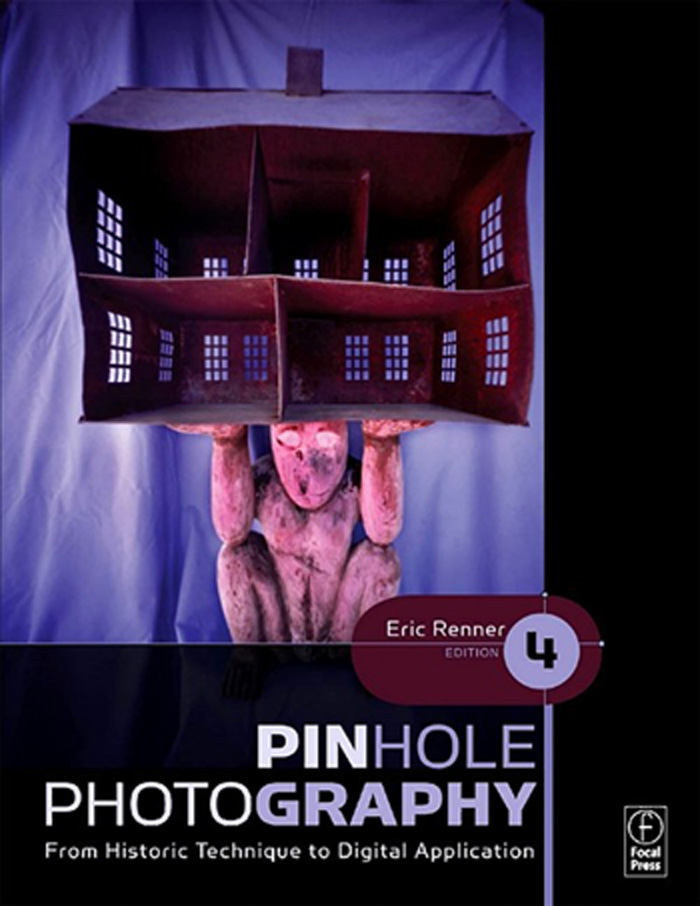Pinhole Photography
From Historic Technique to Digital Application
In memory
of my parents
Josie and Richie Renner
Another and more remarkable property of light is that when rays come from different, or even opposite, directions each produces its effect without disturbances from the other. Thus several observers are able, all at the same time, to look at different objects through one single opening; and two individuals can look into each others eyes at the same instant. Christiaan Huygens, Traite de la lumire, 1690
and of my grandmother
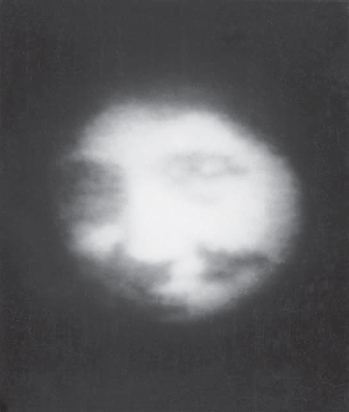
Eric Renner, Grandma Becomes the Moon, 20 16-inch pinhole photograph, 1976
Pinhole Photography
From Historic Technique to Digital Application
Fourth Edition
Eric Renner

In memory
of my parents
Josie and Richie Renner
Another and more remarkable property of light is that when rays come from different, or even opposite, directions each produces its effect without disturbances from the other. Thus several observers are able, all at the same time, to look at different objects through one single opening; and two individuals can look into each others eyes at the same instant. Christiaan Huygens, Traite de la lumire, 1690
and of my grandmother

Eric Renner, Grandma Becomes the Moon, 20 16-inch pinhole photograph, 1976
Focal Press is an imprint of Elsevier
30 Corporate Drive, Suite 400, Burlington, MA 01803, USA
Linacre House, Jordan Hill, Oxford OX2 8DP, UK
Copyright 2009, Elsevier Inc. All rights reserved.
No part of this publication may be reproduced, stored in a retrieval system, or transmitted in any form or by any means, electronic, mechanical, photocopying, recording, or otherwise, without the prior written permission of the publisher.
Permissions may be sought directly from Elseviers Science & Technology Rights Department in Oxford, UK: phone: (+44) 1865 843830, fax: (+44) 1865 853333, E-mail: ), by selecting Support & Contact then Copyright and Permission and then Obtaining Permissions.
Library of Congress Cataloging-in-Publication Data
Application submitted
British Library Cataloguing-in-Publication Data
A catalogue record for this book is available from the British Library.
ISBN: 978-0-240-81047-8
For information on all Focal Press publications
visit our website at www.elsevierdirect.com
Typeset by Charon Tec Ltd., A Macmillan Company. ( www.macmillansolutions.com )
09 10 11 12 5 4 3 2 1
Printed in China

ACKNOWLEDGMENTS
In 1984, I founded Pinhole Resource, a nonprofit photographic archive. Within the first year of receiving pinhole photographs internationally, I decided to publish Pinhole Journal. The first issue appeared in December 1985. There are now more than 4000 pinhole and zone plate images at the Pinhole Resource.
The first edition of this book appeared in 1995, having taken about 10 years to research and write. The books success was due in large part to the huge interest that has evolved in pinhole photography. In just a few years time new material in both historic and contemporary terms, including use of the Internet, and changed photographic techniques have resulted in this updated edition with color throughout.
It continues to baffle me that the pinhole apertures contribution to the history of art and science has remained so unrecognized. The contents of this book explain in generalities the pinholes importance in both disciplines.
There are probably 3000 photographers working with pinhole throughout the world and a slightly lesser number of scientists using pinhole in high-energy studies. I am hesitant to try to list all of those artists who have generously shared their photographs for this book in all its editions or who have also given images to Pinhole Resource, for I am sure to leave too many people unmentioned. The photographs and text in the following chapters of this 4th edition name some of these people. Suffice it to say, a most sincere thanks to everyone who has contributed photographs and articles to Pinhole Resource or for consideration of inclusion in this book.
The generosity and help of artists and scientists has been well evidenced, particularly in contemporary imagingwhereas, much of the historic information took real effort to obtain. To give the reader an idea: How was I able to make the image in of Paolo Toscanellis marble disc on the floor at the Duomo in Florence, when it is always covered with a bronze plate, and even in an off-limits area? Actually that one was easy. I arrived there coincidentally at the summer solstice, June 21, when it was being uncovered for its yearly inspection, because it was designed to receive a pinhole image of the sun at 12 noon that day. Furthermore, the astronomer Professor Alberto Righini was giving a public lecture The Sun in the Church. I had not been aware beforehand that the marble disc was specifically designed for use on the summer solstice, although I went there specifically to see the meridian line. How fortunate was that! For those who are not familiar with the mathematicianastronomer Toscanelli, he enlightened Christopher Columbus, Mediterranean sailor and slave-trader turned ocean explorer, that sailing west he could find the east.
I sincerely thank the late Maurice Pirenne, who understood that the pinhole was a perspective imaging device used throughout the last six centuries in art; Kenneth A. Connors, for his efforts to communicate scientific information about pinhole and zone plates; Stanley R. Page, who collected all of the published articles on pinhole (since 1850); Father Joseph Metzler of Archivio Segreto Vaticano, who led Nancy Spencer and myself to see the pinhole in the Tower of Winds at the Vatican (astronomer John Stocke of the University of Colorado told us about it); Professor Caroline Bruzelius, Pina Pasquantonio, and Marina Lella of the American Academy of Rome where we did research for this book, who without their assistance we could not have gotten through the front door of many well-locked, well-guarded, and always under restoration esoteric places; Paolo and Christina Vampa of Rome, who led us to Paolo Gioli; Paolo and Christina Gioli; Dominique Stroobant of Carrara, who guided me with corrected information on the history of the noonmark at (Sheila Pinkel of Pomona College told me of these temples).

Eric Renner, Nancy, 16 20-inch pinhole photograph with photo-gram of Nancys hair 1996. From the collection of the photographer
Most of all, I thank artist Nancy Spencer for her immense help, ideas, and images. Without Nancy, this book would not exist. She co-wrote the How To chapter in the first edition and has supplied many ideas on content in future editions. Nancy directs Pinhole Resource and we co-edited


